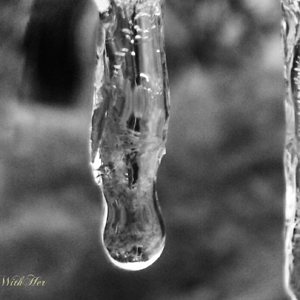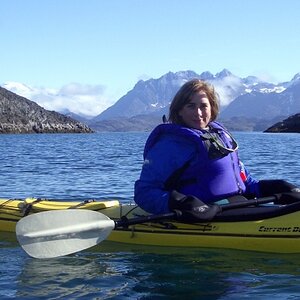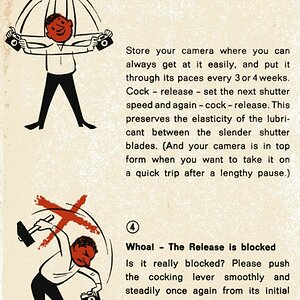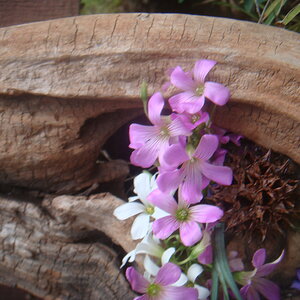BAK61
TPF Noob!
- Joined
- Dec 13, 2010
- Messages
- 40
- Reaction score
- 0
- Location
- Westchester County,NY
- Can others edit my Photos
- Photos NOT OK to edit
has anyone fooled around with stereo and/or lenticular imaging.....i have a Loreo that i finally got around to trying...very pleased....and a Nishika that i haven't had a chance to use yet....( let's face it, this is expensive to process )......so..anybody else get some interesting images with these formats ?


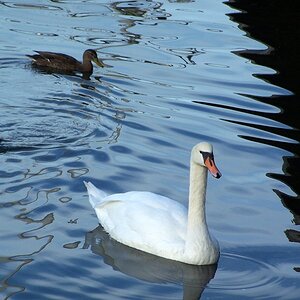
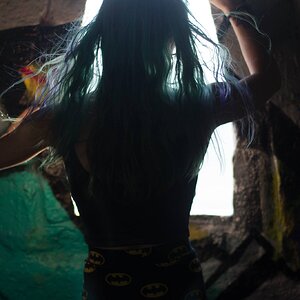
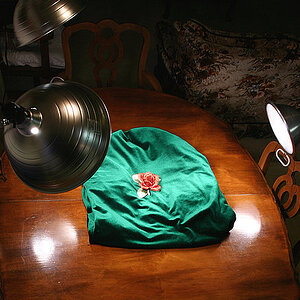
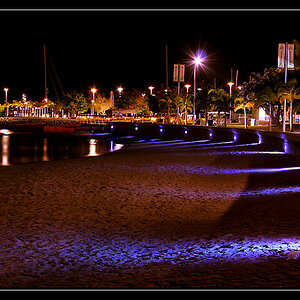
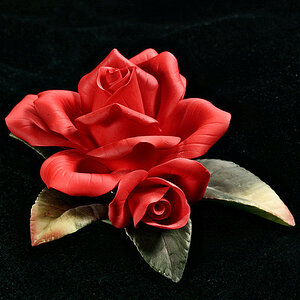
![[No title]](/data/xfmg/thumbnail/39/39543-dfebd471118eabdc8c41e2088dca98f3.jpg?1619739079)
